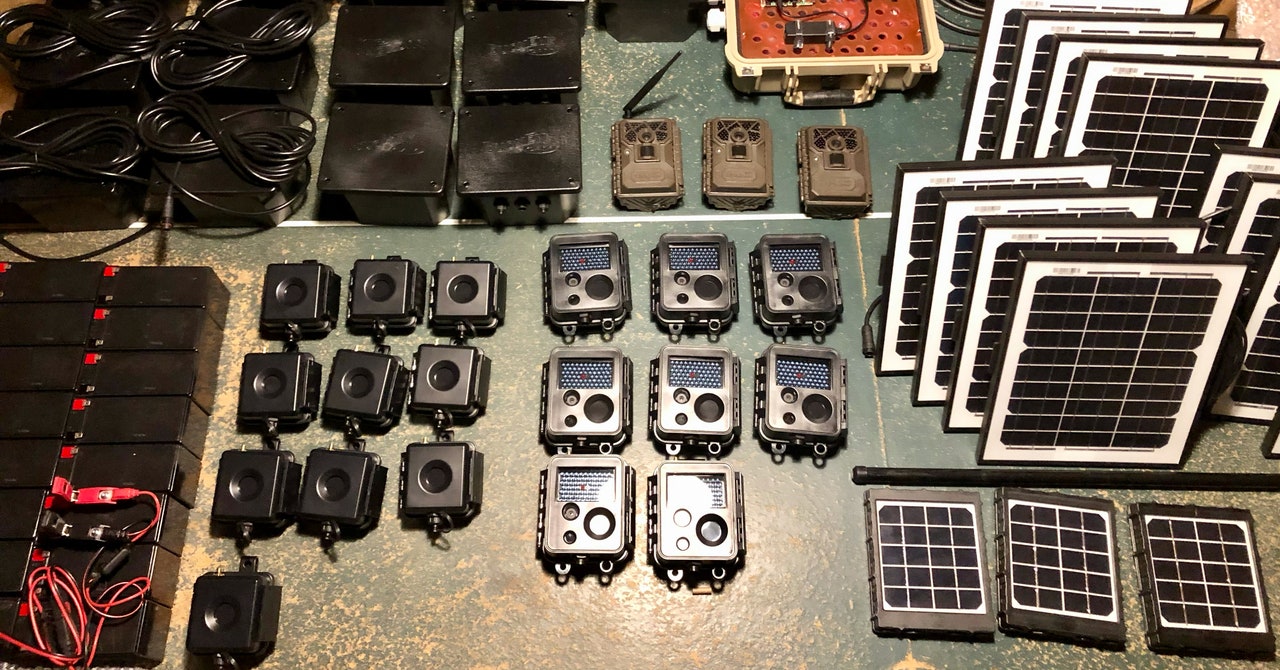[ad_1]
Off the coast of Southern California, amid a literal sea of troubles—warming waters, microplastic pollution, overfishing—is a 96-square-mile conservation success story. Santa Cruz Island once teemed with feral pigs and invasive Argentine ants until the Nature Conservancy unleashed a coordinated campaign of eradication. That’s allowed the adorable island fox to bounce back from the brink of extinction.
The battle was won, but the war wasn’t over, because the Nature Conservancy now has to defend that territory from yet another invader: rats. The scourge of islands everywhere, rats get ashore and breed like crazy, devouring just about everything in their paths—native plant seeds, bird and reptile eggs, local people’s crops. (Urban islands of steel and concrete, especially Manhattan, are of course plagued as well.) Once they’re established, it’s exceedingly difficult to get rid of them. On the Galápagos Island of Seymour Norte, conservationists had to attack them with poison-dropping drones.
So on Santa Cruz Island, the Nature Conservancy has been experimenting with a surveillance system to learn whether rats have landed, using a network of wildlife camera traps and the same AI technique that recognizes human faces in photographs. While scientists have been using various forms of the camera trap for a hundred years, this version automatically detects when a rodent comes into view, then sends an email alert to the conservationists. “You can think about it as a Ring doorbell for rats,” says Nathaniel Rindlaub, a software developer at the Nature Conservancy who’s leading the project.
This innovation was necessitated by Santa Cruz Island itself. Typically, a biologist has to revisit their camera traps every few months or so to grab the memory card and swap the battery. That can mean hiking into a rainforest or, in this case, around a mountainous rock that’s three times the size of Manhattan. By the time you get to your camera, it may have been months since the rat was there—not exactly conducive to a rapid response.
Or, in the meantime, a deer or a bear might knock your camera over. Or a blade of grass whipping back and forth in front of the lens might make it fire off a bunch of pictures super fast. Or the camera might just take thousands of pictures of empty space. “Up to 90 or 95 percent of all your images may just have nothing in there,” says University of Calgary computer scientist Saul Greenberg, who develops image recognition for camera traps but wasn’t involved in this new work. “Forget about recognition. If you can just say that these images are empty, that’s a big win for a lot of people using camera traps.”
Rindlaub’s new system works semiautonomously and in nearly real time to do this kind of weeding out of images. A network of solar-powered cameras are linked by radio. If one detects something, it takes a picture and sends it to the next camera in the chain, which relays it to the next one, and so on until the image reaches a base station connected to the internet. The image is then uploaded to the cloud.
“When images get ingested in the system,” says Rindlaub, “they get piped through a sequence of computer vision models that try to essentially determine what’s in them.” These algorithms are trained to distinguish between native wildlife, like island foxes, and rodents. At the moment, though, it’s only sophisticated enough to look for rodents in general, as it can’t yet tell the difference between the native deer mouse and an invasive rat. Each time it sees something vaguely rodential, it fires off an email to Rindlaub and his colleagues, whose human eyes are more than capable of telling the difference. So far: no rats detected on Santa Cruz Island.
[ad_2]
Image and article originally from www.wired.com. Read the original article here.

